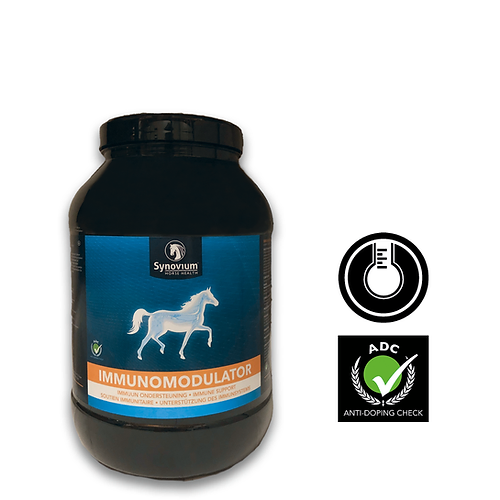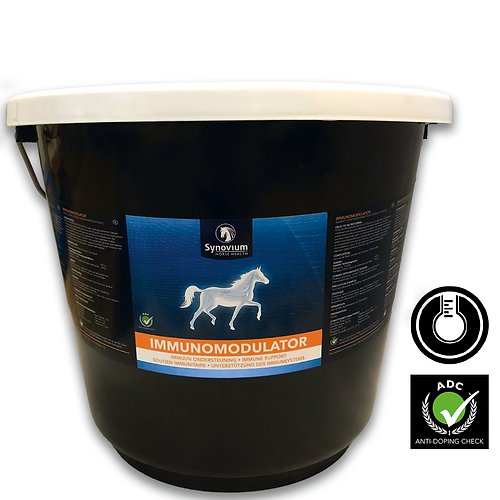1. Budzyńska, M. (2014). Stress reactivity and coping in horse adaptation to environment. In Journal of Equine Veterinary Science, 34(8): 1-26.
2. Bland, S. D. (2016). Equine colic: a review of the equine hindgut and colic. Veterinary Science Development, 6(1): 48-51.
3. Collinet, A., Grimm, P., Julliand, S., & Julliand, V. (2021). Multidimensional Approach for Investigating the Effects of an Antibiotic–Probiotic Combination on the Equine Hindgut Ecosystem and Microbial Fibrolysis. Frontiers in Microbiology, 12: 1-14.
4. Corbett, R. B., Chapman, J. D., & Wang, Y. Q. (2008). Effect of OmniGen-AF on Immune Markers and Neutrophil Function in Lactating Dairy Cows. American Association of Bovine Practitioners Conference Proceedings, 41: 280.
5. Martinez, R. E., Leatherwood, J. L., Arnold, C. E., Glass, K. G., Walter, K. W., Valigura, H. C., Norton, S. A., & White-Springer, S. H. (2021). Responses to an intra-articular lipopolysaccharide challenge following dietary supplementation of Saccharomyces cerevisiae fermentation product in young horses. Journal of Animal Science, 99(10): 1-8.
6. Medina, B., Girard, I. D., Jacotot, E., & Julliand, V. (2002). Effect of a preparation of Saccharomyces cerevisiae on microbial profiles and fermentation patterns in the large intestine of horses fed a high fiber or a high starch diet. Journal of Animal Science, 80(10): 2600-2609.



